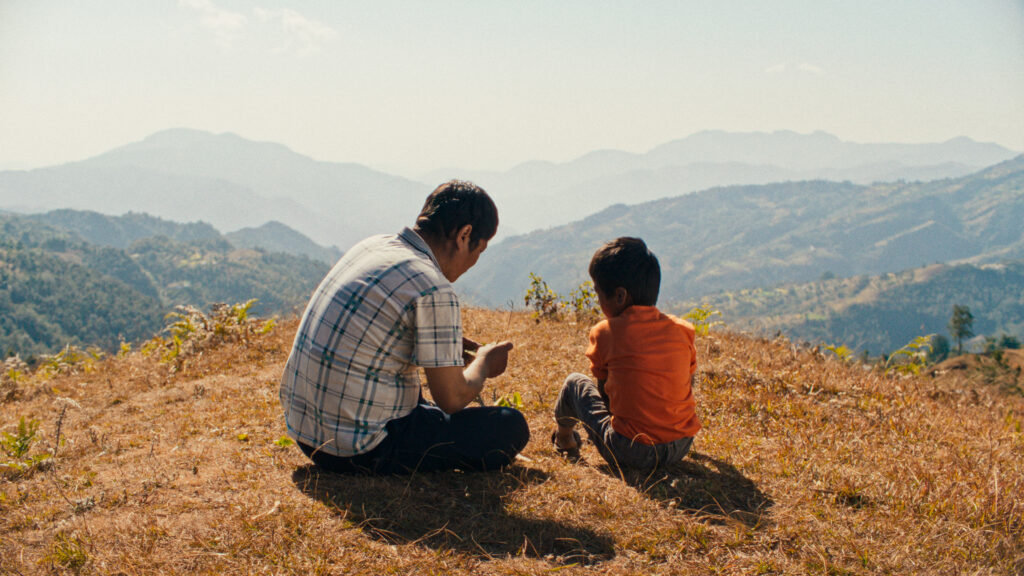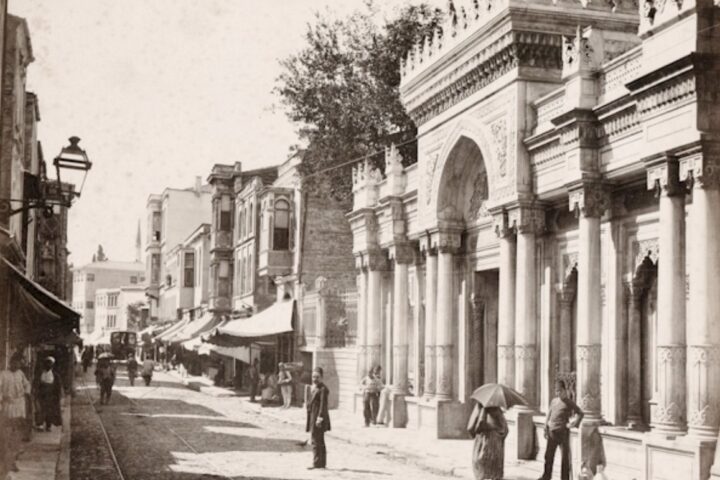Hidden Worlds and Heavy Costs: Two Powerful Films from TIFF 2024
Many of the world’s international film festivals serve as launching pads for some of the globe’s most celebrated titles—films that often go on to win Academy Awards. At the same time, these festivals also showcase works that may never receive commercial distribution but offer stories of profound importance. Two such films were screened at this year’s Toronto International Film Festival: Homecoming by Suvi West and Anssi Kömi (Norway/Finland), and A Road to a Village directed by Nabin Subba (Nepal). Together, these films provide a rare glimpse into little-known worlds—perspectives that will leave viewers all the richer for having experienced them.
Homecoming (Máhccan) | A Sámi Story of Return and Reclamation
The Sámi feature Homecoming (Máhccan) tells the story of the repatriation of Denmark’s entire collection of Sámi artifacts to representatives of the Sámi community. It is particularly chilling to learn that this collection includes not only cultural objects but also human remains. These items are being returned to be housed in a new museum dedicated to celebrating Sámi culture—one of the first institutions of its kind anywhere in the world.
The emotional journey the film takes you on is both powerful and unexpected. You truly feel the impact that the return of these artifacts has had on the Sámi people. The film depicts both the long-overdue display of significant artworks and the respectful burial of Sámi human remains. In her narration, Suvi West makes it clear that these objects carry deep spiritual and historical significance for the Sámi community.
This Indigenous group inhabits regions across present-day Norway, Sweden, Finland, and Russia’s Kola Peninsula. Formerly known as Lapland, the region—and its people—were once referred to as “Laplanders,” a term now considered deeply offensive. The community has reclaimed the name Sámi, which reflects their own language and cultural identity.
Many of the artifacts were taken during a time of systemic persecution, when the Sámi were not regarded as fully human. It is an astonishing and disturbing notion by today’s standards, but one that was widely accepted in Northern Europe at the time.

Homecoming focuses primarily on co-director Suvi West’s personal journey. West and her co-director, Anssi Kömi, make it clear that their interest in the subject is not merely academic—it is deeply emotional. Many of the returned artifacts originate from their own home region, and West believes that some may have belonged to members of her own family.
In one especially moving segment, West visits a museum in Norway to commemorate the massacre of ninety-one Sámi individuals—killed simply because of their ethnicity. The persecution of the Sámi intensified during Europe’s religious wars. Although the Sámi were willing to adopt Christianity, they wished to do so on their own terms. The church, however, refused to accept this, leading to widespread violence and repression.
Among the most significant items sought by the Sámi are their sacred drums, which were believed to hold the power to influence the future. Because of this perceived power, the drums were systematically confiscated and destroyed across Europe. Of the seventy-one Sámi drums known to have survived, the community currently possesses only four. When one such drum is finally returned, Suvi refuses to allow it to be filmed, believing that doing so would desecrate its sacred nature.
Perhaps the most disturbing part of the documentary concerns the human remains still held in museum collections around the world—remains that many institutions remain reluctant to return. Suvi emphasizes that these are the “artifacts” the Sámi community most urgently want repatriated.
A Road to a Village | A Nepalese Film at TIFF
Another standout feature at this year’s Toronto International Film Festival was A Road to a Village, a beautiful and haunting film directed by Nepalese filmmaker Nabin Subba. In this poignant narrative, Subba explores the profound and often devastating impact on a tightly knit rural Nepalese community after a road is constructed, connecting it to the outside world.

The road—funded by the villagers themselves—brings with it unexpected economic devastation for some, deepening an already existing economic divide within the isolated community. This disparity grows far greater than anyone could have anticipated, as the road introduces consumer goods that only a few can afford.
This shift is felt most acutely by the film’s central character, Maila, a basket weaver whose life has closely mirrored that of his father and grandfather. But with the arrival of the road, the finely crafted goods he produces are no longer in demand. Villagers now prefer cheaper, mass-produced plastic items delivered by the trucks that regularly supply the community.

Adding to the strain, Maila’s young son becomes obsessed with the idea of owning a new television—an item that carries a staggering price tag for the family. The film follows Maila’s increasingly desperate efforts to fulfill his son’s wish, highlighting the emotional and financial toll it takes. A Road to a Village poignantly underscores a crucial truth: modernity often arrives with a hidden—and sometimes devastating—cost.
Final Thoughts
Both Homecoming and A Road to a Village are quiet yet deeply affecting films that reveal the unseen stories of marginalized communities. They challenge audiences to consider whose histories are preserved, whose lives are upended by “progress,” and what is lost in the name of modernization. TIFF once again proves that its most vital contributions often lie far beyond the spotlight of awards season—in the films that illuminate the edges of our global story.
- ARE YOU STILL ON A GREEN ROAD?
- From New York, Jazz fusion with Corina Bartra
- Faith The Project: an educational approach to promote peace and religious tolerance
- From a Swiss farm to a palace in Constantinople: the extraordinary life of Elisabeth Tschumi.













